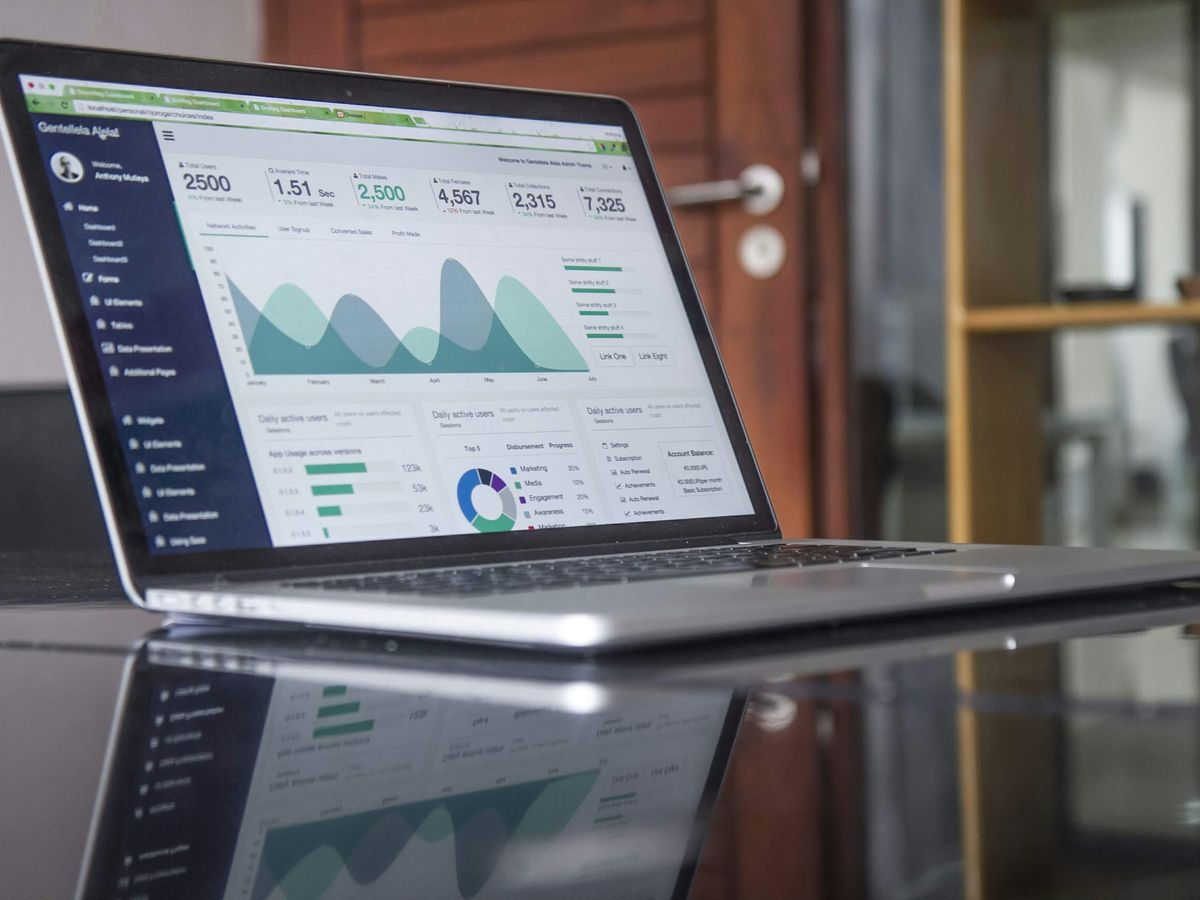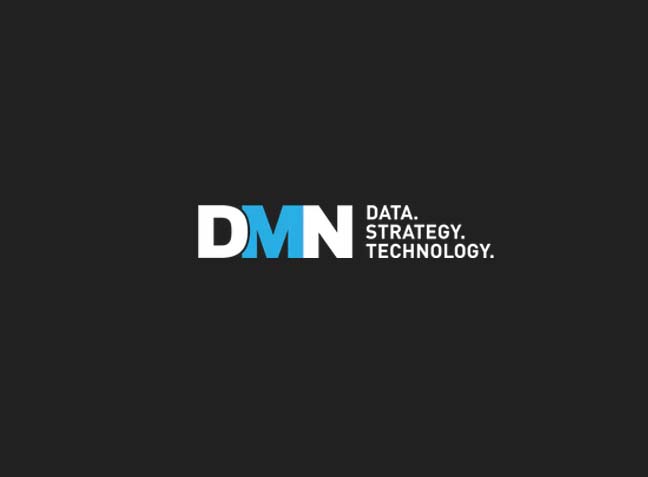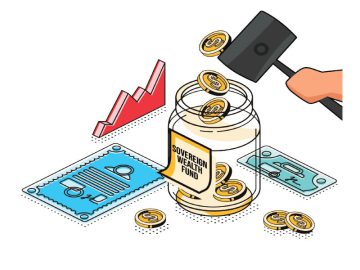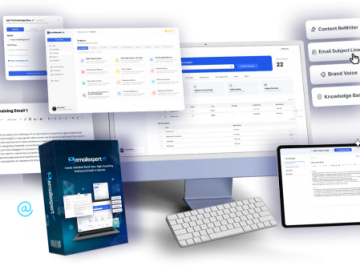Email marketing can be a powerful tool for businesses, but understanding how to budget for it is essential. Knowing the costs involved helps you make informed decisions and maximize your return on investment (ROI). This article will guide you through the key aspects of budgeting for your email marketing campaigns, ensuring you get the best results for your money.
Key Takeaways
- Identify your goals before budgeting to ensure your email marketing efforts align with your business objectives.
- Understand the costs involved, including software, design, and potential outsourcing options.
- Use tracking tools to measure the success of your campaigns and adjust your budget as needed.
- Consider both in-house and outsourced options for email marketing to find what works best for your situation.
- Aim for a balance between quality and cost to create effective email campaigns that engage your audience.
Understanding the Basics of Email Marketing Costs
When I think about email marketing, I realize that understanding the costs involved is crucial for success. There are several factors that can influence how much I spend on my campaigns. Let’s break it down.
Factors Influencing Email Marketing Costs
- Email List Quality: A clean and engaged list can save money. If my list is full of inactive subscribers, I might need to invest in cleaning it up.
- Design and Content: Attractive emails can boost engagement. Investing in good design can be worth it.
- Email Service Provider (ESP): Different platforms have different pricing. For example, Campaign Monitor offers plans starting at $12 per month for basic features.
Common Email Marketing Expenses
Here are some common expenses I should consider:
- Email Service Provider Fees: Monthly fees based on the number of subscribers.
- Design Costs: Hiring a designer or using premium templates.
- Content Creation: Costs for writing engaging content.
| Expense Type | Average Monthly Cost |
|---|---|
| Email Service Provider | $12 – $159 |
| Design Services | $100 – $250 |
| Content Creation | $50 – $500 |
The Importance of ROI in Email Marketing
Understanding the return on investment (ROI) is key. I need to track how much revenue my campaigns generate compared to what I spend. This helps me make informed decisions about my budget.
In email marketing, knowing your costs and potential returns can guide your strategy effectively.
Choosing the Right Email Marketing Platform

When it comes to email marketing, selecting the right platform is crucial. There are many options out there, and each has its own features and costs. Here’s what I’ve learned about some popular platforms:
Popular Email Marketing Platforms and Their Costs
| Platform | Average Monthly Cost | Key Features |
|---|---|---|
| AWeber | $751 – $1000 | Automation, lead qualification, tracking |
| Campaign Monitor | $751 – $1000 | Drag-and-drop design, data integration |
| MailChimp | $751 – $1000 | User-friendly, templates, analytics |
| Moosend | $26 – $250 | Affordable, easy to use |
Features to Look for in an Email Marketing Platform
- Automation: This helps save time by sending emails automatically based on user actions.
- Templates: Good platforms offer a variety of templates to make your emails look professional.
- Analytics: You need to track how your emails perform to improve future campaigns.
Free vs. Paid Email Marketing Tools
Choosing the right email marketing platform can make a significant difference in your campaign’s success. Take your time to evaluate your options and find the one that fits your needs best!
In-House vs. Outsourced Email Marketing


When it comes to email marketing, I often find myself weighing the options: should I manage it in-house or hire an agency? Both choices have their ups and downs.
Benefits of In-House Email Marketing
- Control: I have complete control over the content and strategy.
- Cost-Effective: Depending on my team’s skills, it can be cheaper in the long run.
- Brand Knowledge: My team knows the brand inside and out, which helps in crafting messages that resonate.
Advantages of Outsourcing Email Marketing
- Expertise: Agencies often have experienced professionals who know the latest trends.
- Efficiency: They can handle campaigns quickly, allowing me to focus on other tasks.
- Access to Tools: Agencies usually have access to advanced tools that I might not afford.
| Aspect | In-House | Outsourced |
|---|---|---|
| Control | High | Low |
| Cost | Variable | Higher |
| Expertise | Limited | High |
| Brand Knowledge | Deep | Varies |
Choosing between in-house and outsourced email marketing is a big decision. It’s essential to weigh the pros and cons based on my specific needs and budget.
In the end, the choice depends on my goals, resources, and how much control I want over my email marketing campaigns. Whether I go in-house or outsource, the key is to ensure that my email marketing efforts align with my overall business strategy.
Budgeting for Email Marketing Campaigns
When it comes to budgeting for email marketing, I find it essential to have a clear plan. Setting clear goals is the first step. What do I want to achieve? Is it driving sales, boosting website traffic, or enhancing customer engagement? Knowing this helps me shape my budget effectively.
Setting Clear Email Marketing Goals
- Define my objectives: I need to be specific about what I want to accomplish.
- Identify my audience: Understanding who I’m targeting can help tailor my campaigns.
- Decide on key performance indicators (KPIs): These will help me measure success.
Allocating Your Marketing Budget
Next, I look at the costs involved. Here are some common expenses:
- Email marketing software: This is often a significant part of my budget.
- Design and copywriting: Quality content and visuals matter.
- Outsourcing: Sometimes, I consider hiring a third-party service for list management and analytics.
Here’s a simple table to illustrate potential costs:
| Expense Type | Estimated Cost |
|---|---|
| Email Marketing Software | $10 – $500/month |
| Design and Copywriting | $100 – $1,000/campaign |
| Outsourcing Services | $300 – $12,000/month |
Tracking and Measuring Campaign Performance
Finally, I must track my results. This is crucial for understanding if my budget is working. I focus on metrics like open rates, click-through rates, and conversions. This data helps me refine my strategy and adjust my budget as needed.
Remember, email marketing is an ongoing process. I may need to tweak my budget as I learn more about my audience and what works best for them.
In summary, budgeting for email marketing is about understanding my goals, identifying costs, and continuously measuring performance. By doing this, I can ensure that my campaigns are effective and provide a good return on investment. After all, it’s all about building relationships that lead to revenue!
Optimizing Email Marketing Costs
Cost-Saving Tips for Email Marketing
When it comes to email marketing, I’ve learned that finding ways to save money is essential. Here are some tips that have worked for me:
- Use free email services: Platforms like Gmail or Outlook can be great for some of your emails. I often split my efforts, using half through an email service provider (ESP) and half through a free service.
- Choose tested email templates: Using templates that have proven open rates can make a big difference. I usually find these in popular ESPs like Mailchimp or Campaign Monitor.
- Limit your emails: Sending just one email a week can be effective, especially when starting out. I focus on making that email valuable and informative.
Using Data to Improve ROI
Data is my best friend when it comes to email marketing. I always track how my emails perform. This helps me understand what works and what doesn’t. Here’s how I do it:
- Analyze open rates: I check how many people open my emails to see if my subject lines are catchy enough.
- Monitor click-through rates: This tells me if my content is engaging. If not, I adjust it.
- Test different times: I experiment with sending emails at different times to find when my audience is most active.
Balancing Quality and Cost in Email Design
Creating visually appealing emails doesn’t have to break the bank. Here’s how I balance quality and cost:
- Use free design tools: Tools like Canva help me create stunning emails without spending a lot.
- Keep it simple: Sometimes, less is more. I focus on clear, simple designs that convey my message effectively.
- Invest in good content: Quality content is key. I make sure my emails are well-written and relevant to my audience.
In my experience, optimizing email marketing costs is all about being smart with your resources. By focusing on what truly matters, I can achieve great results without overspending.
Highlight
One important thing to remember is that while online promotions can be cheaper, their effectiveness is crucial. I always aim to target the right audience to maximize my efforts.
Advanced Strategies for Managing Email Marketing Expenses


Leveraging Automation to Reduce Costs
One of the best ways to save money in email marketing is by using automation. By automating repetitive tasks, I can focus on more important aspects of my campaigns. Here are some tasks I can automate:
- Email scheduling: Set up emails to send at optimal times without manual intervention.
- List management: Automatically segment my audience based on their behavior.
- Follow-up emails: Send personalized follow-ups based on user actions.
Personalization and Its Impact on Budget
Personalizing emails can seem costly, but it actually helps improve engagement and ROI. When I tailor my messages to specific segments of my audience, I often see better results. Here’s how I can personalize effectively:
- Use the recipient’s name in the subject line.
- Segment my list based on interests or past purchases.
- Send targeted offers that match user preferences.
Scaling Your Email Marketing Efforts Efficiently
As my business grows, I need to scale my email marketing without breaking the bank. Here are some strategies I can use:
- Invest in a good email platform: A reliable platform can handle larger lists and more complex campaigns without extra costs.
- Monitor performance: Regularly check metrics like open rates and click-through rates to see what works and what doesn’t.
- Test different strategies: Experiment with A/B testing to find the most effective approaches without overspending.
Remember, effective email marketing is about finding the right balance between quality and cost. By implementing these strategies, I can manage my expenses while still achieving great results.
In conclusion, by leveraging automation, personalizing my emails, and scaling efficiently, I can optimize my email marketing costs and improve my overall ROI. Continuous optimization is key to staying ahead in this competitive landscape.
Evaluating the Success of Your Email Marketing Investment


Key Metrics to Track
To truly understand how well my email marketing is doing, I focus on a few key metrics. These help me see what’s working and what’s not. Here are the main ones:
- Open Rates: This tells me how many people opened my emails.
- Click-Through Rates: This shows how many clicked on links in my emails.
- Conversion Rates: This is about how many people took action, like making a purchase.
By analyzing open rates, click-through rates, and conversion rates, I gain an understanding of what resonates with my audience.
Adjusting Your Budget Based on Performance
Once I have my metrics, I can adjust my budget. If I see that certain campaigns are doing well, I might want to invest more in those areas. Here’s how I do it:
- Review the performance of each campaign.
- Identify which campaigns brought in the most revenue.
- Allocate more funds to successful strategies while cutting back on less effective ones.
Long-Term Strategies for Sustained ROI
To keep my email marketing effective over time, I focus on long-term strategies. Here are some that work for me:
- Regularly update my email list to keep it fresh.
- Test different email formats to see what my audience prefers.
- Engage with my audience through surveys or feedback forms.
Keeping track of my email marketing success is crucial. It helps me make informed decisions and ensures I get the best return on my investment.
Frequently Asked Questions
What are the main costs involved in email marketing?
The main costs include the email marketing platform you choose, the number of emails sent, and any design or writing services you may need.
How can I track the success of my email campaigns?
You can track success by looking at open rates, click-through rates, and how many people make a purchase after receiving your email.
Is it better to manage email marketing in-house or to outsource it?
It depends on your budget and expertise. In-house can save money, but outsourcing can provide professional help.
What is a good budget for email marketing?
Most businesses spend about 6% to 10% of their total marketing budget on email marketing.
How can I improve my email marketing return on investment (ROI)?
To improve ROI, focus on building a quality email list, creating engaging content, and analyzing your results to make adjustments.
Are there free tools for email marketing?
Yes, there are free tools available, but they may have limitations. As your business grows, consider upgrading to a paid service.





